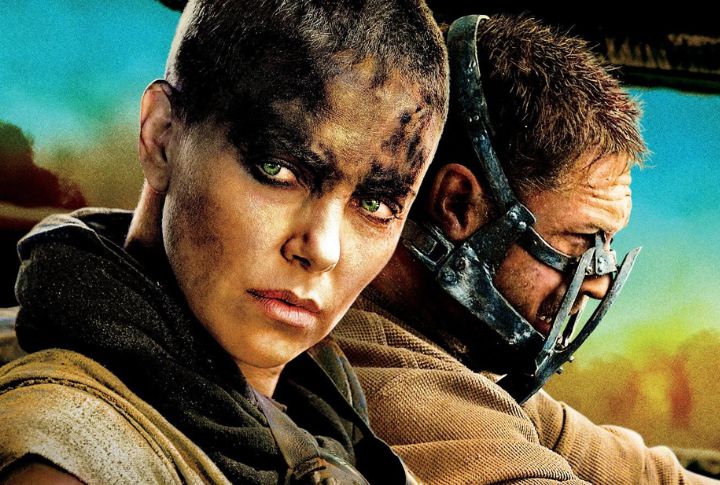
The end of the world has always been a playground for cinema. Strip away the safety of modern life, and the screen becomes a canvas for tales where survival hangs by a thread. In post-apocalyptic Earth settings, filmmakers reinvent society amid ruins, revealing the raw beauty and ruthless brutality of life after collapse. These stories can leave you wondering how you’d endure when the lights go out for good. So, stock your rations and follow us into the greatest post-apocalyptic Earth movies ever made.
Mad Max: Fury Road (2015)
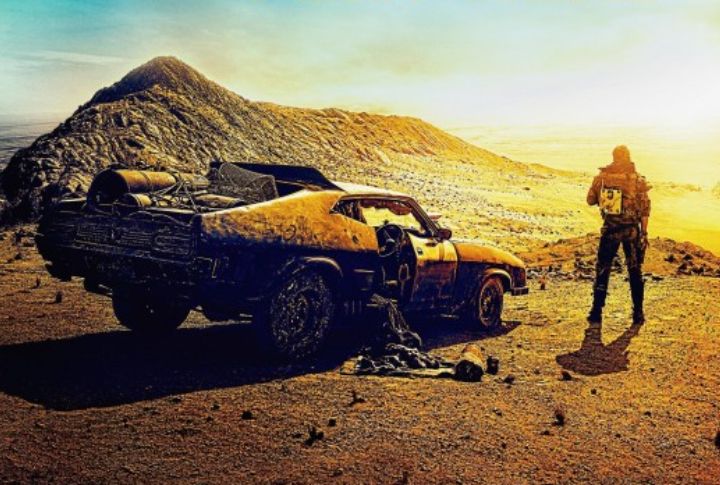
Relentless stunts and dazzling visuals define George Miller’s return to the wasteland. Furiosa, portrayed by Charlize Theron, brings fierce presence and feminist power to the story. Minimal dialogue and sprawling desert vistas create an action film that overwhelms the senses while delivering a powerful narrative.
The Road (2009)
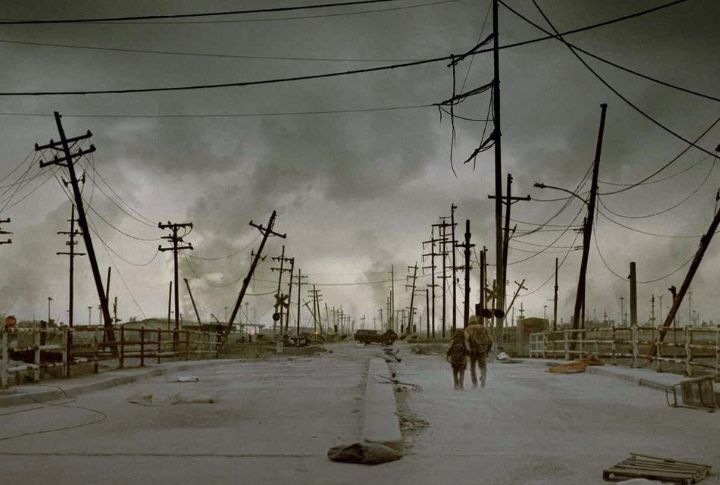
Adapted from Cormac McCarthy’s Pulitzer-winning novel, this bleak odyssey follows a father and son through a dying America. Sparse dialogue and muted cinematography heighten its emotional weight. Anchored by powerful performances, it’s a haunting exploration of love and survival when the world offers no hope.
28 Days Later (2002)
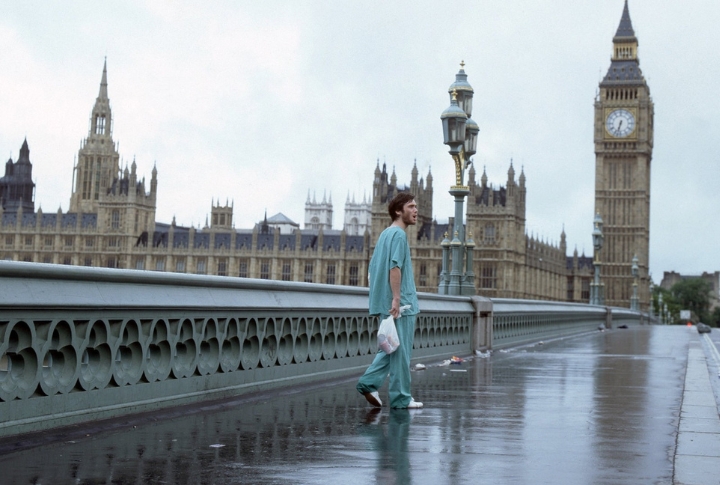
Danny Boyle reinvents the zombie apocalypse with fast-moving infected instead of slow shamblers. Empty streets of London create a chilling backdrop, and John Murphy’s score cranks up relentless tension. The film goes beyond horror, showing society’s collapse and the fragile layer that keeps civilization intact.
I Am Legend (2007)

Will Smith delivers a magnetic performance as New York’s last man, who battles loneliness and night-stalking mutants in a virus-stricken world. Mixing action and sci-fi, it probes isolation’s psychological toll and the hope for redemption. Sweeping visuals and tense set pieces make it an emotional, adrenaline-fueled survival story worth revisiting.
Snowpiercer (2013)
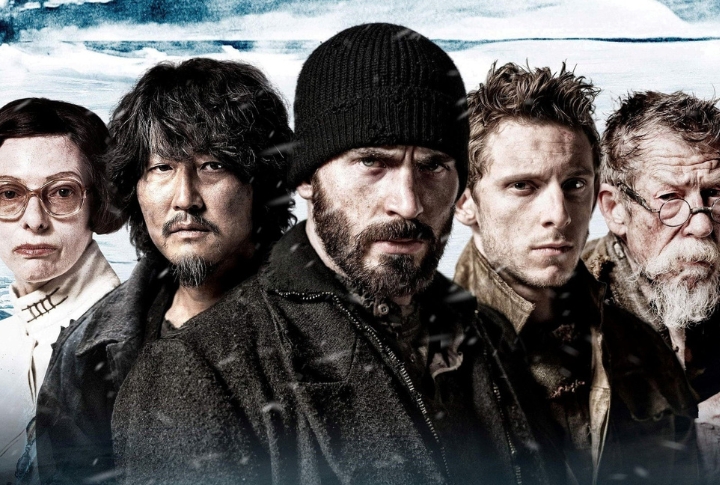
This inventive thriller traps humanity’s last survivors on a perpetually moving train after a global ice age. Its claustrophobic setting becomes a microcosm of class warfare, with each carriage revealing new horrors. Visually striking and thematically sharp, it turns a survival story into a biting commentary on inequality and power.
The Book Of Eli (2010)

Denzel Washington commands the screen as a lone wanderer safeguarding humanity’s last sacred text. In a sun-scorched, resource-starved wasteland, faith becomes both shield and weapon. This movie fuses brutal action with spiritual allegory. It’s a gritty tale of resilience, moral conviction, and the sacrifices made for hope in a godless, broken world.
A Quiet Place (2018)
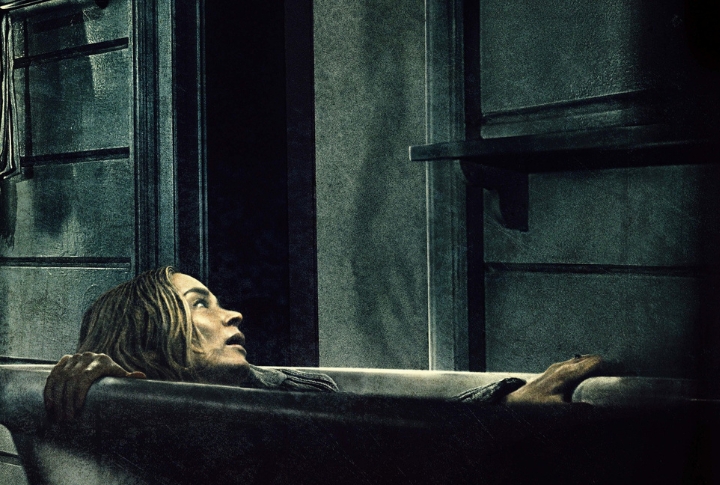
John Krasinski crafts a tense, emotionally charged horror where silence is survival. Deadly creatures hunt by sound, forcing a family to live in near-total quiet. Every creak and whisper carries life-or-death weight, while the film’s innovative sound design and heartfelt performances amplify it far beyond typical monster-movie thrills.
The Rover (2014)
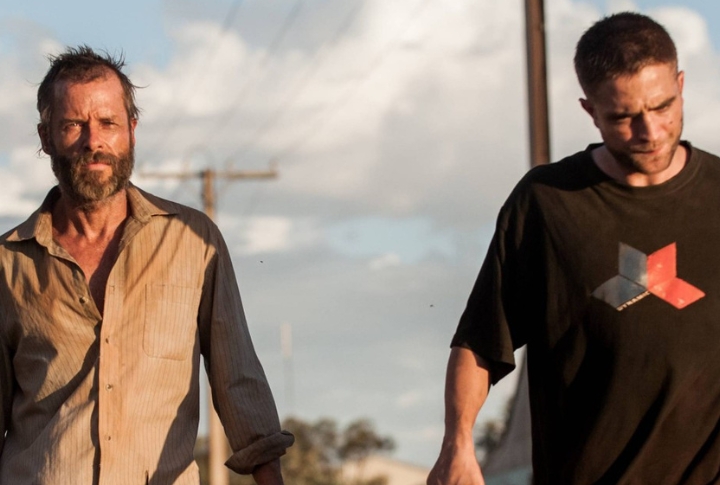
Ten years after a global economic collapse, Australia’s outback has dissolved into lawlessness. Guy Pearce delivers a stark performance as a drifter pursuing thieves who stole his car, reluctantly teaming up with a slow-witted young man played by Robert Pattinson. Sparse dialogue and moral ambiguity create a tense, minimalist survival tale in this movie.
12 Monkeys (1995)
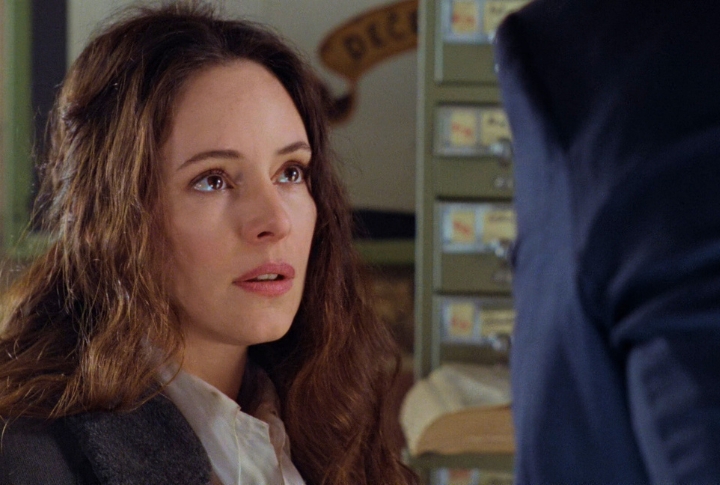
Few films fuse apocalyptic dread with mind-bending sci-fi as effectively as “12 Monkeys.” The story moves between a plague-ravaged future and the present, following Bruce Willis’s character as he tries to solve the mystery. Brad Pitt’s Oscar-nominated performance brings intensity and chaos, perfectly capturing a world where paranoia and fractured memories rule.
The Road Warrior (Mad Max 2) (1981)

George Miller’s high-octane sequel expands the “Mad Max” universe with ferocious vehicular battles across desolate desert highways. Mel Gibson cements his action-hero status in a tale of survival and reluctant heroism. Its relentless energy, practical stunts, and stark wasteland imagery set a gold standard for post-apocalyptic action cinema.
Planet Of The Apes (1968)
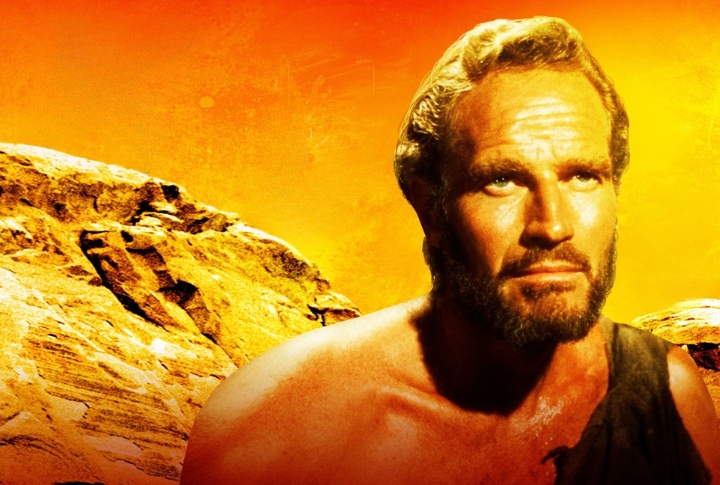
This landmark sci-fi sees astronauts crash-land on a world ruled by intelligent apes, only to reveal a shattering truth about humanity’s fate. With its provocative social commentary and iconic twist ending, it remains a cultural touchstone in both the post-apocalyptic and science-fiction genres.
Cargo (2017)
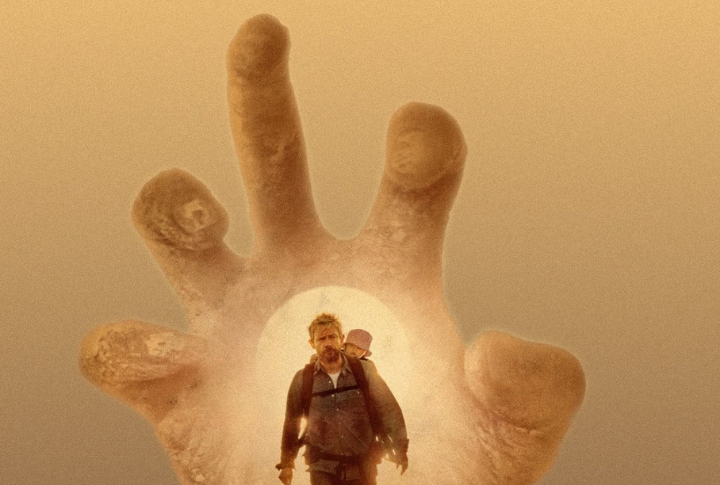
Post-apocalyptic horror often thrives on chaos, but some of its most powerful stories are intimate tales of love and sacrifice. “Cargo” embraces this concept following a father who, after infection, races against time to secure his infant daughter’s survival in a world consumed by the undead.
WALL-E (2008)
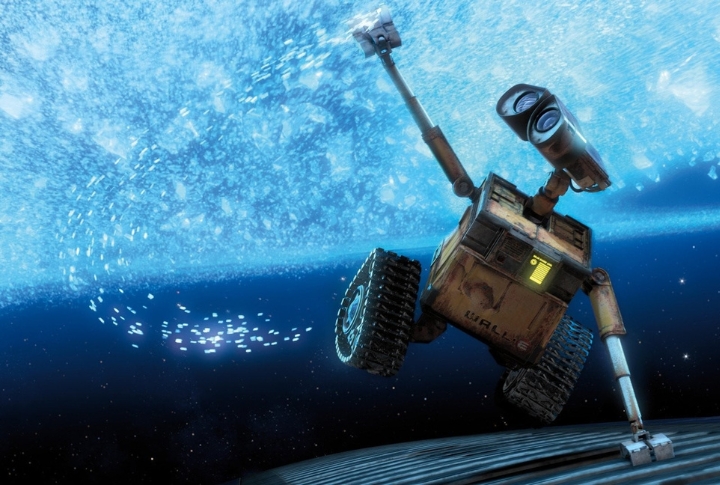
Gorgeously animated and emotionally resonant, “WALL-E” inspires hope while warning against the habits that could doom our real world. Pixar’s charming yet sobering vision of Earth’s future finds a lone trash-compacting robot tidying a planet abandoned by humans. Beneath its tender love story lies a sharp satire on consumerism and environmental neglect.
Love And Monsters (2020)
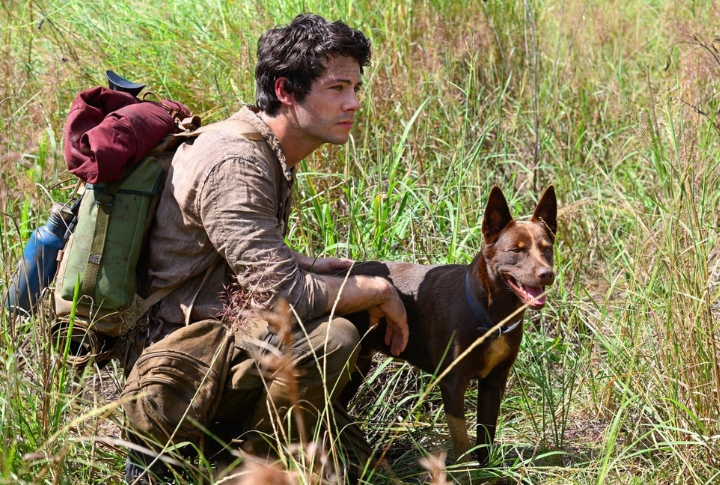
Some apocalypse stories lean into dread, but this one thrives on charm and adventure. Seven years after giant mutated creatures force humanity into hiding, Dylan O’Brien’s awkward yet determined hero races to reunite with his girlfriend. The film’s creative monsters wowed audiences and earned a 2021 Oscar nomination for Best Visual Effects.
Oblivion (2013)
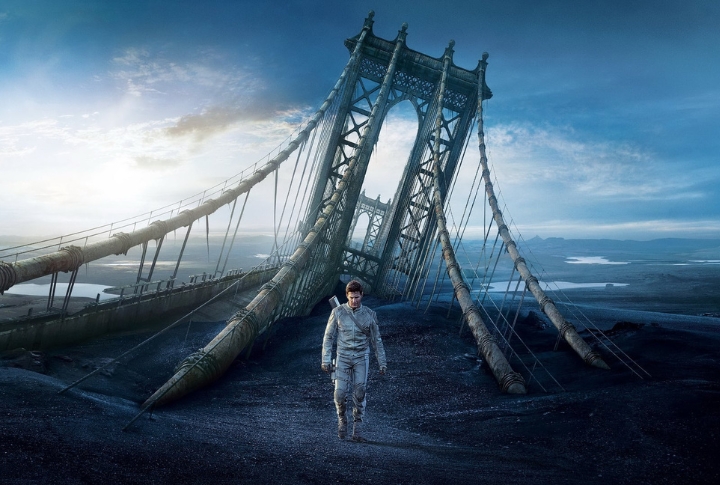
Tom Cruise plays a drone repairman on a planet overseen by alien technology, slowly uncovering the truth about his past. Joseph Kosinski’s sleek direction and sweeping visuals create a sci-fi mystery layered with themes of memory and identity. Much of its striking imagery was filmed on Iceland’s otherworldly terrain.
Stake Land (2010)
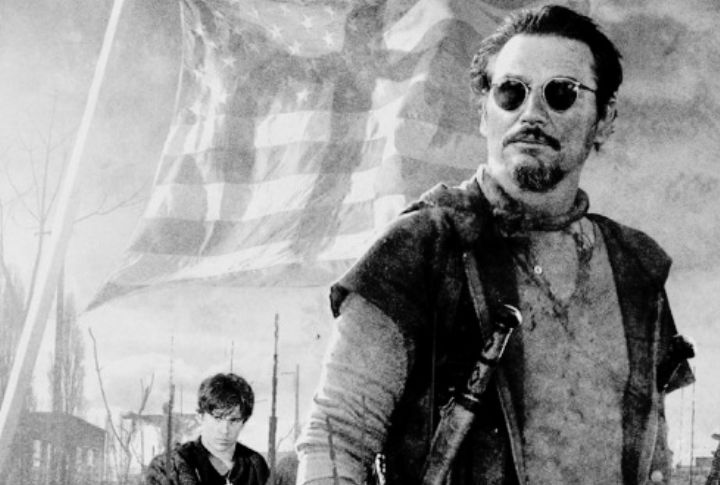
Vampires replace zombies in this haunting road trip through a collapsed America. “Stake Land” follows a grizzled mentor and his young protege as they walk through isolated survivor enclaves and cult-like threats. Atmospheric cinematography and a measured pace allow its mix of horror and post-apocalyptic grit to feel both intimate and eerily believable.
Zombieland (2009)
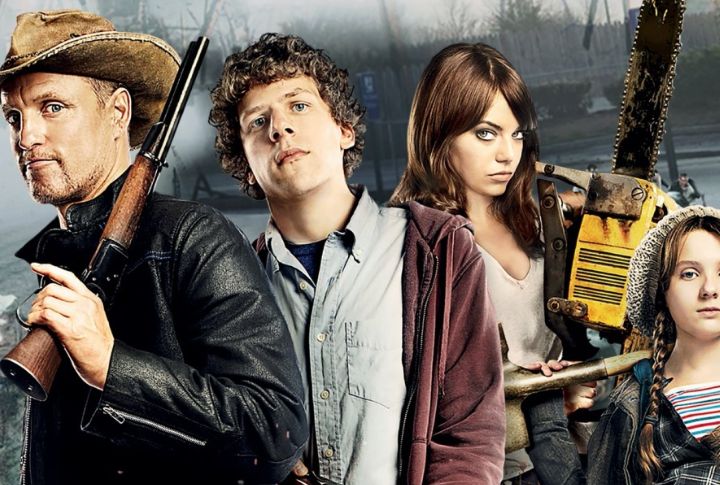
Few zombie films embrace humor as boldly as “Zombieland.” In a devastated America, a mismatched group of survivors navigates the undead using odd rules and even odder personalities. Packed with sharp comedy and unforgettable cameos, the movie turned the “zom-com” into a lasting pop-culture hit.
The Divide (2011)
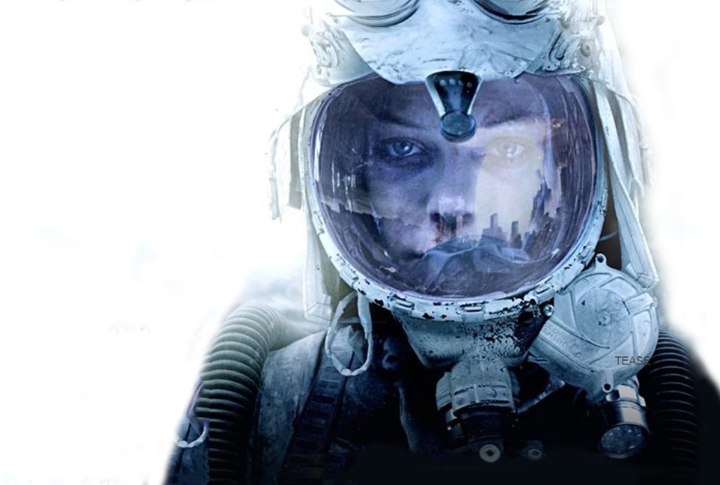
Instead of external threats, “The Divide” shows fear turning people against each other. Nine survivors remain trapped in a nuclear-damaged basement. The film uses a sequential shoot and a stark, windowless set to make paranoia and desperation feel immediate and inescapable.
The Postman (1997)

In a world where humanity has fragmented, Kevin Costner’s lone rider becomes a symbol of hope. Shot across central Oregon, northeastern Washington, and southern Arizona, the production used trained horses and live mules in immersive animal-action sequences.
Doomsday (2008)
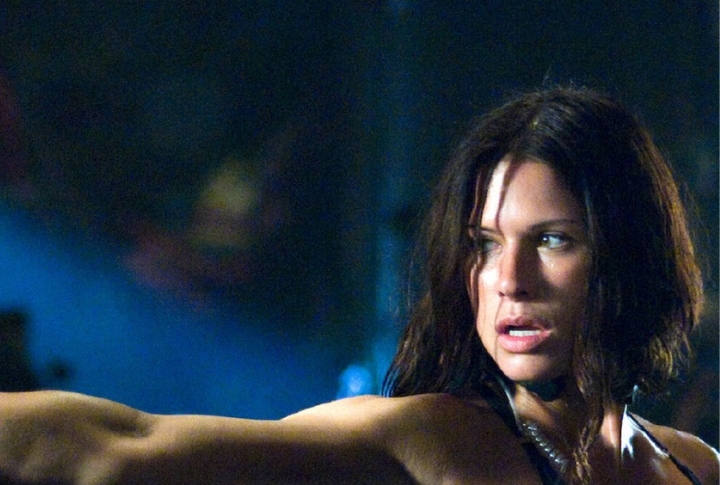
When a deadly virus forces the quarantine of Scotland, “Doomsday” dives headfirst into high-octane chaos. Directed by Neil Marshall, it fuses “Mad Max”-style brutality with a futuristic dystopian edge. The plot follows an elite team sent into the sealed-off wasteland to find a cure that results in an unapologetically violent, distinctly British spin on the apocalypse.

